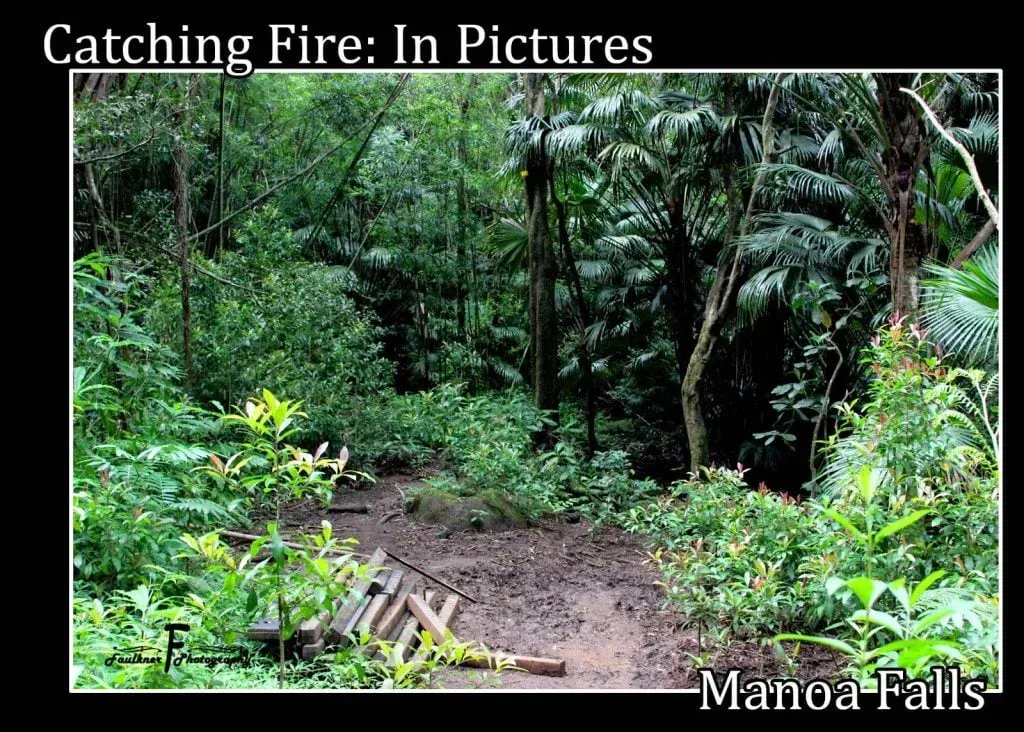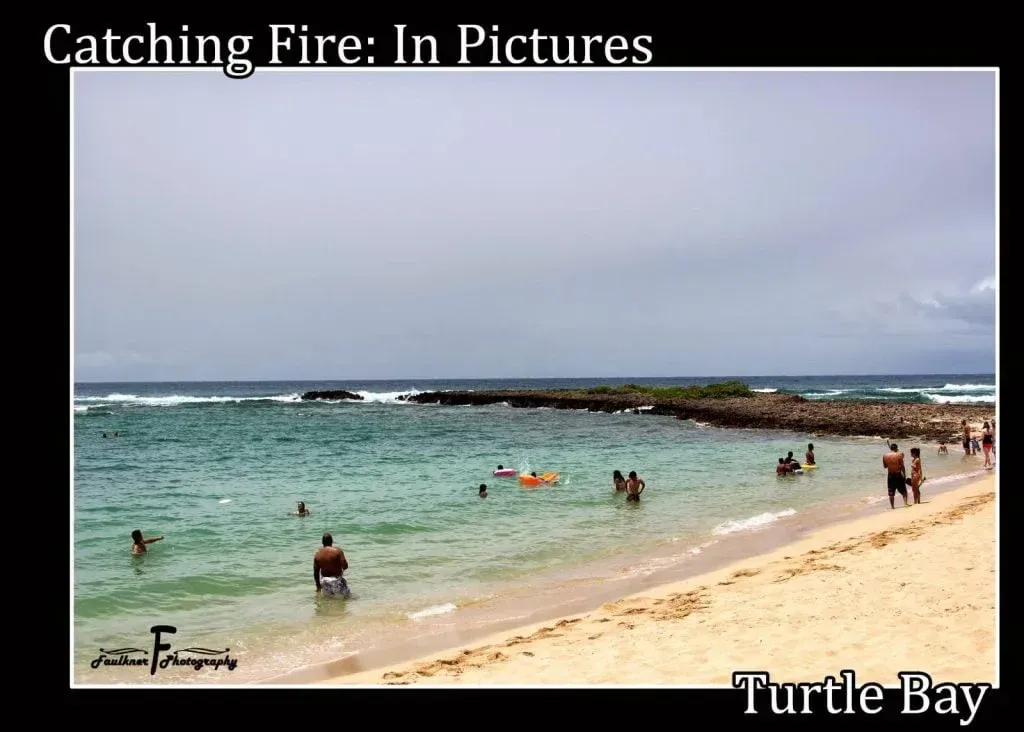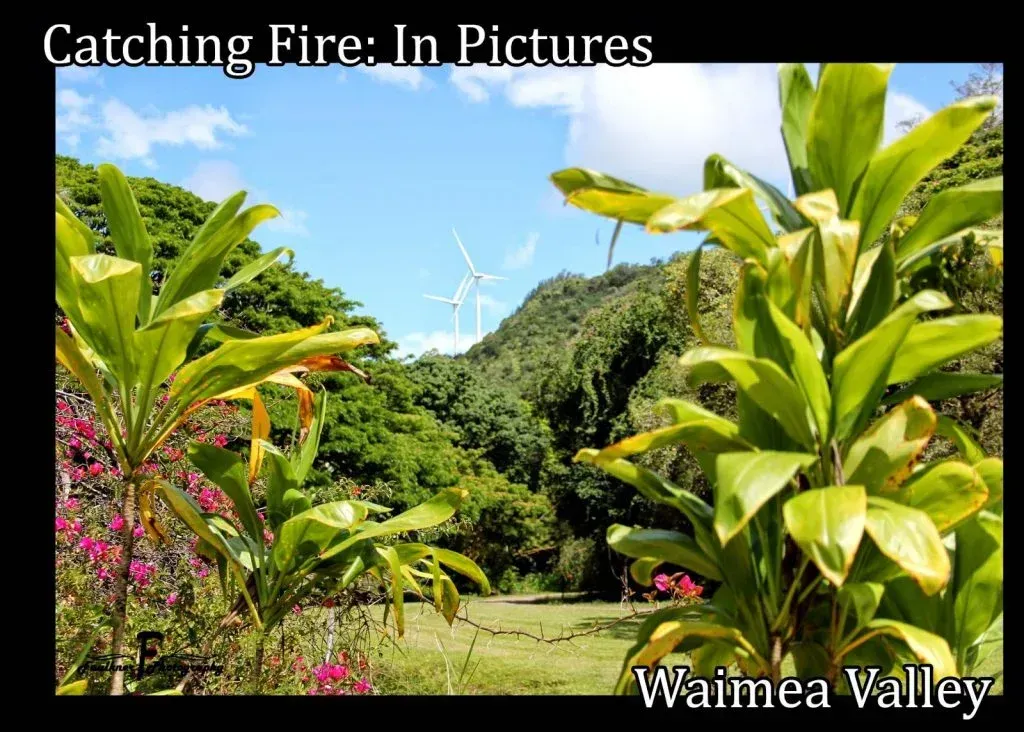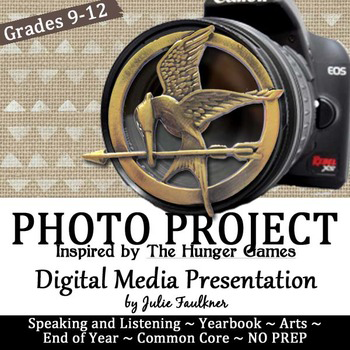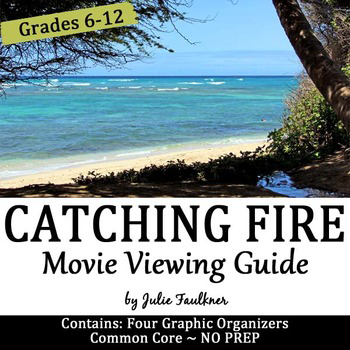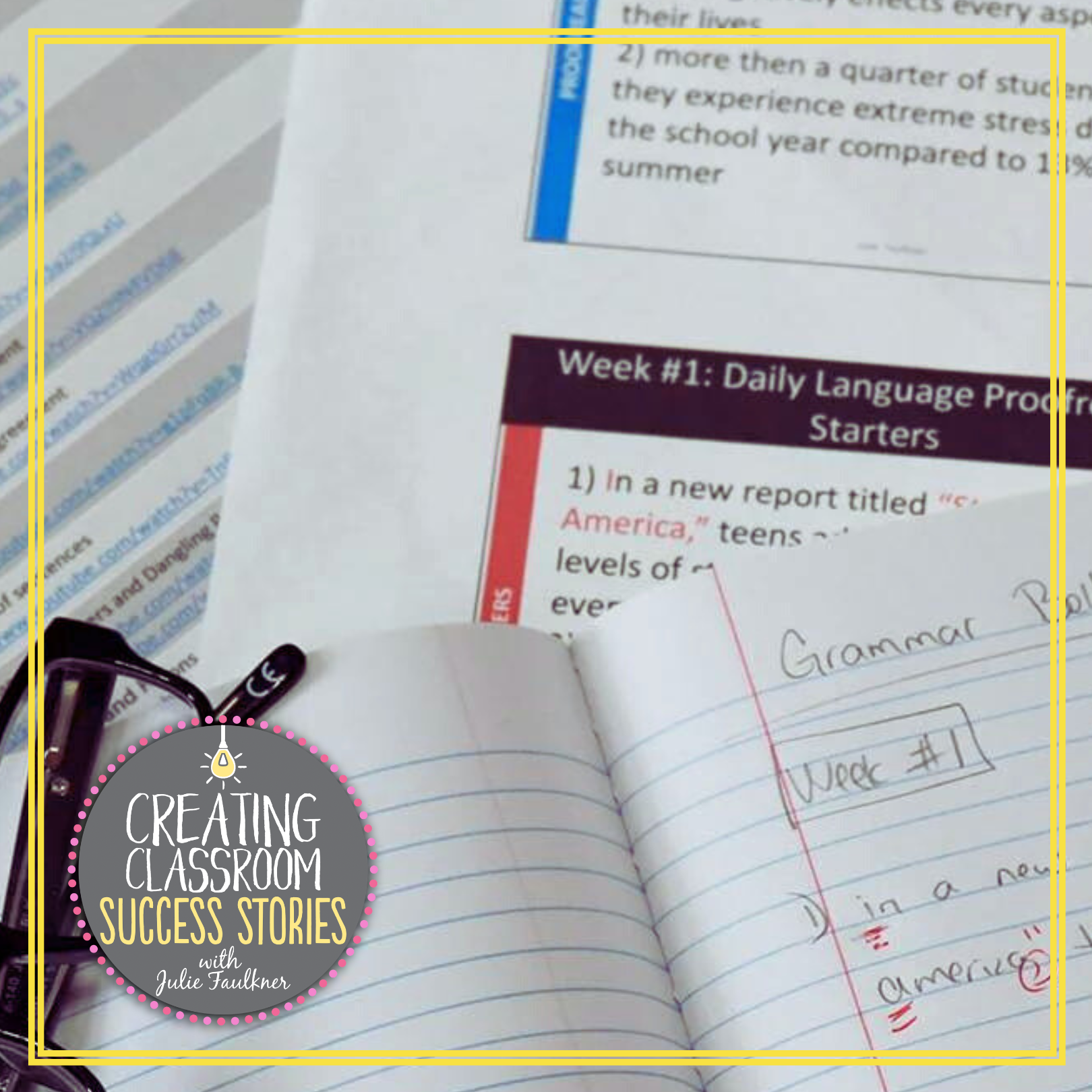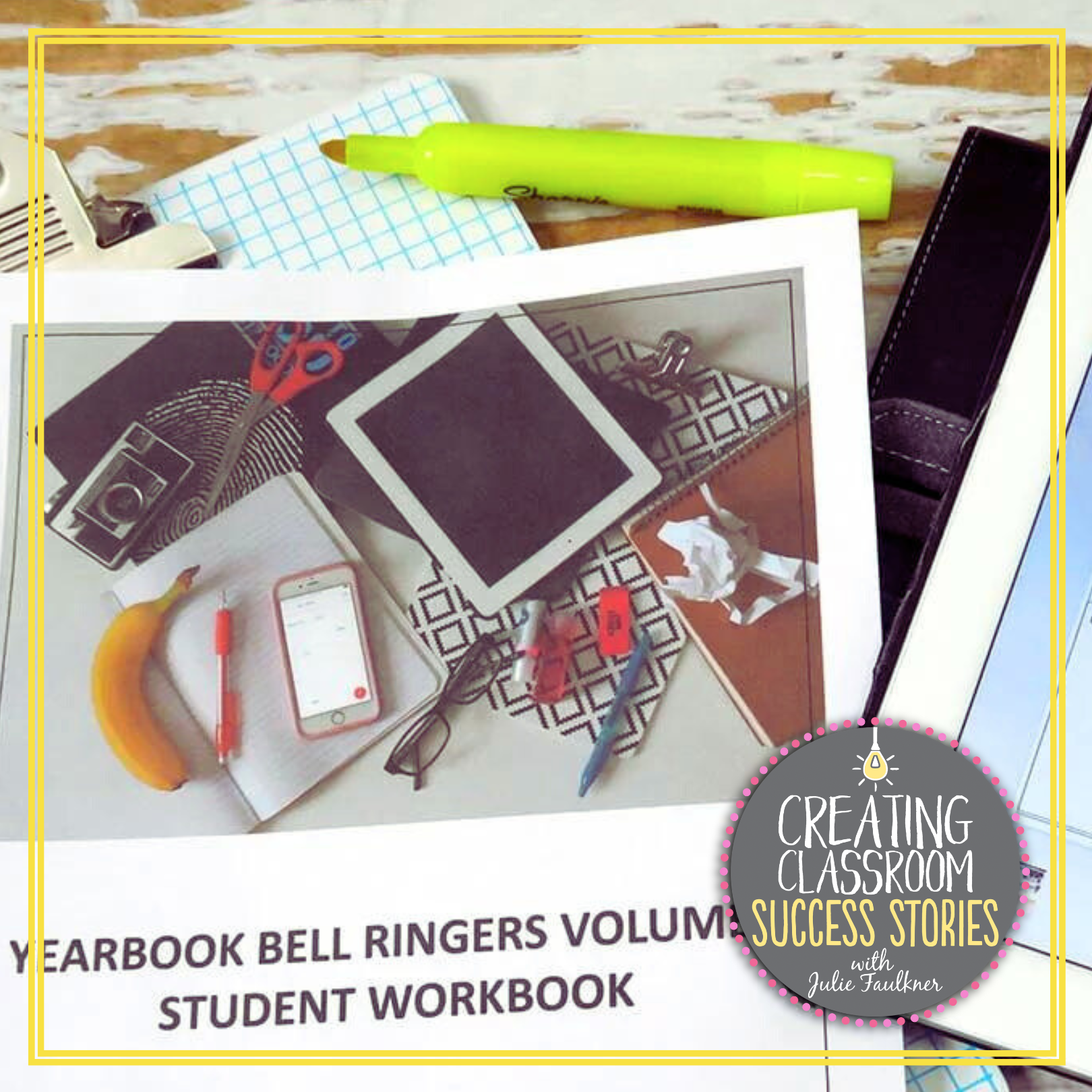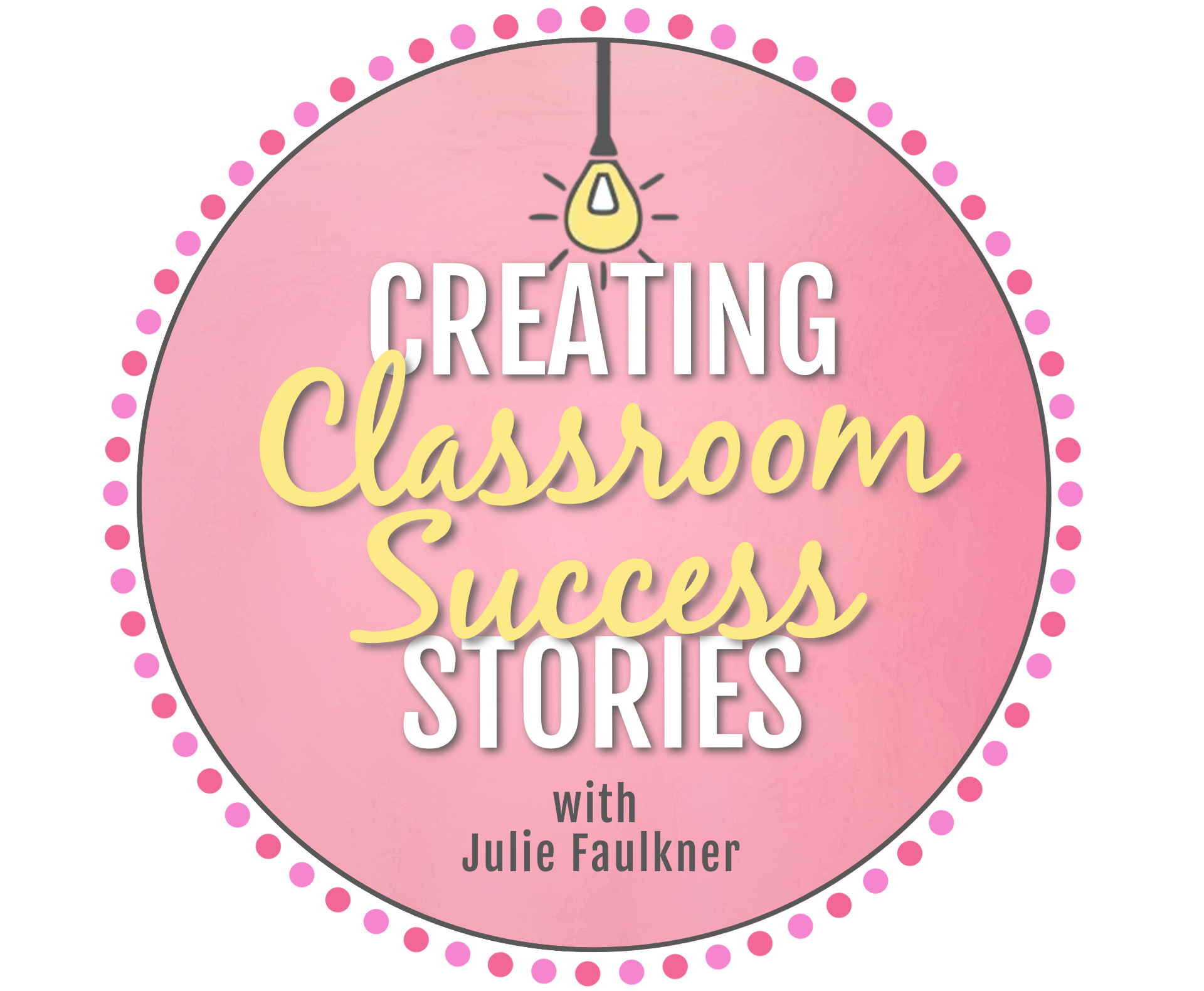Using Pictures in the Classroom:
Catching Fire Hawaii Filming Locations
This summer I marked a major item off my bucket list. I saved for two years to take a trip to Hawaii for my 10th wedding anniversary, and as soon as school was out in June, my husband and I headed to the islands. While we were there, we had plans to see and do as much as possible. Of course, on the top of my list was scouting out as many Catching Fire filming locations as possible.
Before the trip, I contacted a touring company in Oahu to inquire if they offered CF island tours, and they told me that much of what eventually appeared in the film was computer generated and engineered, so they wouldn’t be hosting any tours specifically for this movie. However, they did suggest a few film sites on the island that the public could visit. Upon arriving, we rented a car and set out on our vacation. I was thrilled to be able to find all the sites on the list! I wanted to share them in a useful way, so I’ve compiled five of my favorite images with prompts you could use in your classroom with your Hunger Games: Catching Fire study.
1. North Shore, Oahu:
Several of the beach scenes were filmed along Oahu’s North Shore.
Prompt: Write a passage using imagery to describe the scene above. Imagine that your audience has never seen this image before, and it is your job to describe it to them.
2. Manoa Falls:
Many of the jungle scenes were filmed in the Manoa Valley. There were still some of the materials left behind here, and several areas were being reconstructed and restored.
Prompt: Consider the image of the deep jungle above. How might a setting such as this one affect conflict?
2. Turtle Bay:
Scenes from the Quarter Quell were filmed in Turtle Bay. The actors and actresses even stayed in the remote Turtle Bay resort. The peninsula that emerges from the beach is formed from lava rock, as many structures in Hawaii are. There are several scenes where the characters are shown on the lava rock in the arena.
Prompt: Consider the motif of fire that runs throughout the trilogy, and discuss the symbolism evident in the director’s choice to film in a location and juxtapose the characters with the lava rock in key arena scenes.
2. Manoa Valley:
In the heart of Oahu, Manoa Valley was home to several of the jungle scenes. This valley has several Monkeypod trees like the one Katniss climbs in the arena.
Prompt: What mood is evident in the image of the jungle locale above? Explain how this setting is affecting the mood.
2. Waimea Valley:
Also on Oahu’s North Shore is the beautiful Waimea Valley. The treacherous jungle, with its poisonous fog, aggressive baboons and even showers of blood, was filmed in remote locations of the Waimea Valley.
Prompt: Explore the irony of how this bright, rich lush setting of beauty and serenity could be used to create such turmoil. How/why does this choice work?
Whether you are reading the novels or watching the films, using these pictures would be an excellent opportunity to incorporate real-world and mixed-media. These could be used as bell ringers or placed in centers. If your students have access to computers or you do a flipped classroom, send students over to this link and have them choose which image/prompt they would like to explore.
Note: These images and prompts are copyright Julie Faulkner. They are not to be removed, used, and/or posted elsewhere.
All “fired up” about Mockingjay in theaters this week?? Get in the spirit with some of my fun Hunger Games activities.
Love this content?
Sign up for my email newsletter with more tips, ideas, success stories, and freebies!






